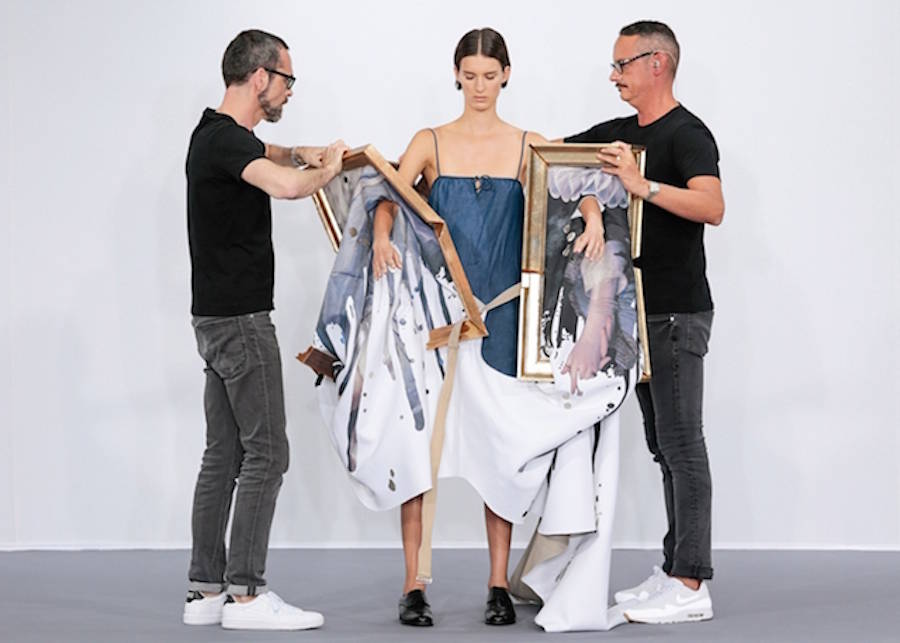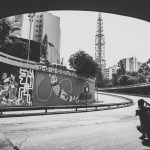Art emerges as an enormous influence in the fast-changing world of fashion, creating designs and fashions with its innovative flair. This symbiotic link goes beyond aesthetics, including cultural and historical concepts. In basic terms, fashion turns into a canvas for the expression of art, where design meets the imagination. The interaction of color, form, and texture in art is mirrored in the fabric and silhouettes of clothes. This article delves into the complex tapestry of fashion’s expansion, as affected by creative trends across different times. From the Renaissance to modern collaborations, we’ll look at how art has shaped the world of fashion. This voyage is a celebration of creativity and invention, not merely the merging of two fields.
The Renaissance of Fashion
The Renaissance, known for its creative and cultural rejuvenation, saw fashion take ideas from the magnificent artworks of that period. Artists such as Leonardo da Vinci and Michel Angelo inspired complex needlework and expensive textiles in garment designs, reflecting the creative richness of that point in history. With a focus on workmanship and beauty, this era established the pattern for art influencing fad.
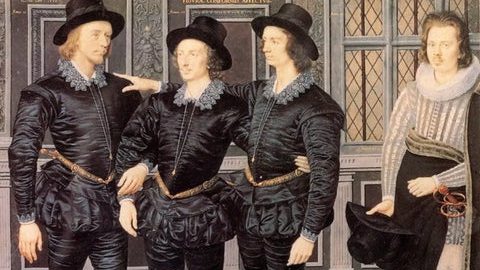
Impressionism and the Fluidity of Fashion
The impressionist movement, defined by its use of light and color, found its way into fashion via designers such as Claude Monet and Edgar Degas. Their work influenced fashion, which used pastel colors and flowing fabrics to reflect the movement’s focus on capturing the fleeting effects of light and atmosphere. Mode adopted a more relaxed and flowing shape throughout this era, breaking away from the stiff frameworks of preceding trends.

Art Deco and the Geometric Elegance of Fashion
The Art Deco era, distinguished for its geometric designs and bright hues, had a considerable influence on fashion. The advent of streamlined designs, metallic embellishments, and a taste for Luxury and exuberance that echoed the grandeur of Art Deco artistic endeavors occurred during this era. This period’s fashion represented the splendor and modernism that the art movement embraced.

Pop Art and Fashion’s Colorful Rebellion
Pop art, with its bright colors and graphic motifs, had a significant impact on fashion in the 1960s. Designers such as Andy Warhol used bright colors, pop culture references and unorthodox materials to create a fun and rebellious way of thinking about fashion. This style defied old fashion rules by presenting a young, disobedient, and playful vibe.

Modern Art and the Conceptual Fashion
Modern art trends such as Minimalism, Surrealism, and Abstract Expressionism have had a significant impact on contemporary garments. Designers have had been inspired by these art patterns to try new things with strange materials, abstract designs, and distinctive shapes. Fashion, like the art that inspired it, has evolved into a medium for conceptual narrative.
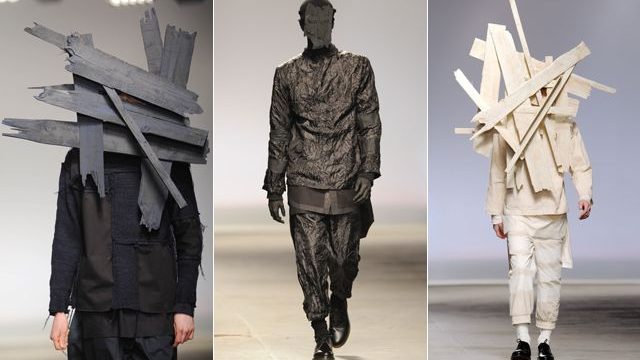
Collaborations Between Artists and Fashion Designers
Collaborations between artists and style designers have grown popular. For instance, Yves Saint Laurent’s Mondrian collection is a notable example of art bring directly integrated into mode, resulting in a timeless design,. Similarly, Louis Vuitton’s collaboration with the Japanese artist Takashi Murakami showcases another instance where art and fashion merge to create iconic and enduring designs. These interactions demonstrate the two fields’ intimate matching.
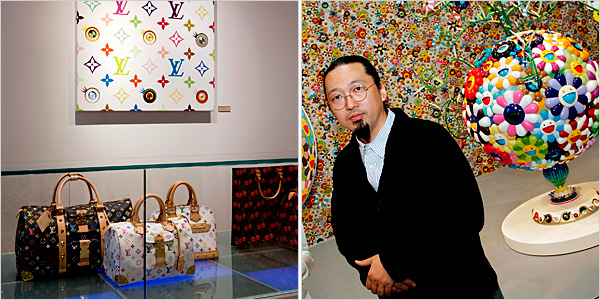
Finally, the harmonious fusion of art and fashion signifies a dynamic, ever-changing connection. This synthesis had significantly enhanced cultural narratives while also redefining aesthetic limits. Importantly, each creative movement has had a distinct impact on fashion, providing novel forms and themes. Furthermore, these repercussions show a close, interconnected relationship between the two fields. Art-inspired fashion, as a result, transforms into a wearable form of expression that goes beyond basic functionality. At last, the evolving symbiotic connection between art and fashion will continue to inspire future generations with its creativity and inventiveness.

